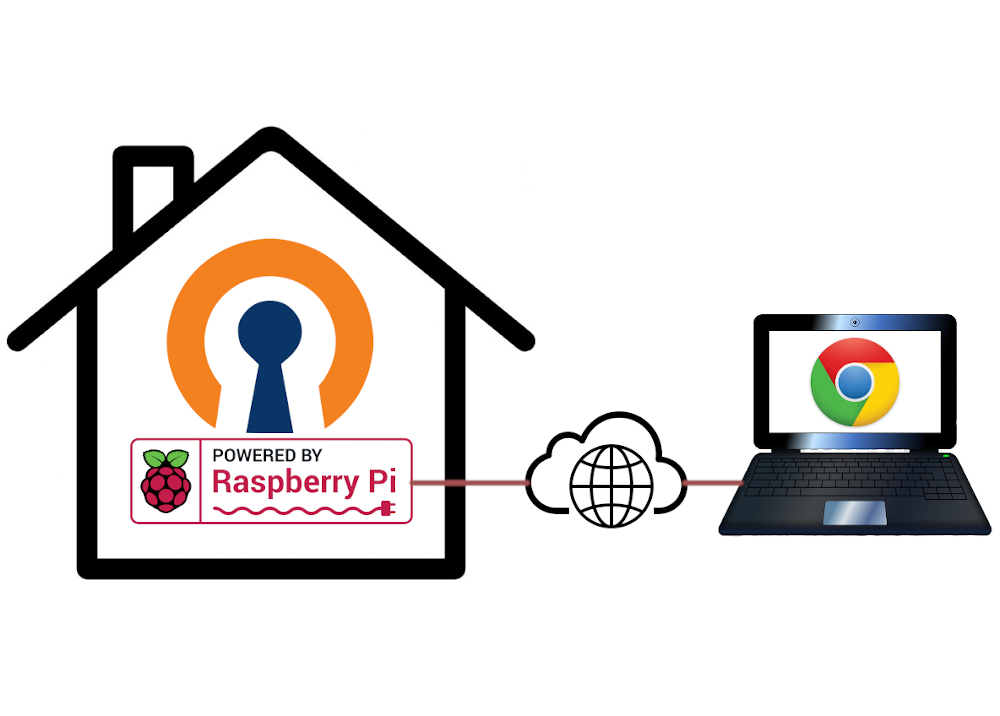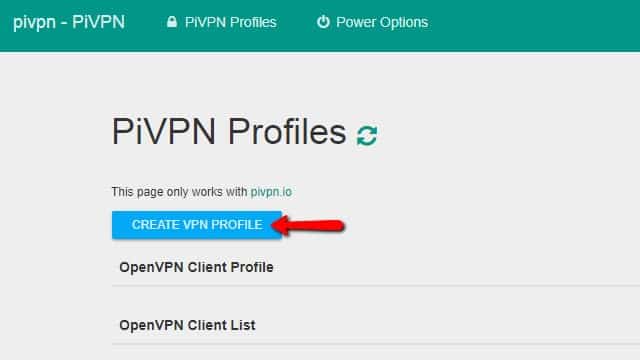
Step 2 – Securing your Raspberry PiĪt this point, you should see the command prompt on your Raspberry Pi. Once you've done that, plugin the media into your Raspberry Pi and start it up.

Once it's installed, plugin you MicroSD card (or USB Flash) into your computer, select the Raspbian Lite image and 'burn' it. If you're using MacOS or Microsoft Windows, I strongly recommend using Etcher to provision your MicroSD card (or USB Flash if you're using a Raspberry Pi 3 onwards – recommended). Download the latest Raspbian Lite image from the Raspbian Website. To begin, I would strongly recommend ensuring your Raspberry Pi is running a clean version of Raspbian OS. Step 5 – Configure your computer to connect to your VPN- Connect from Windows 10.



 0 kommentar(er)
0 kommentar(er)
